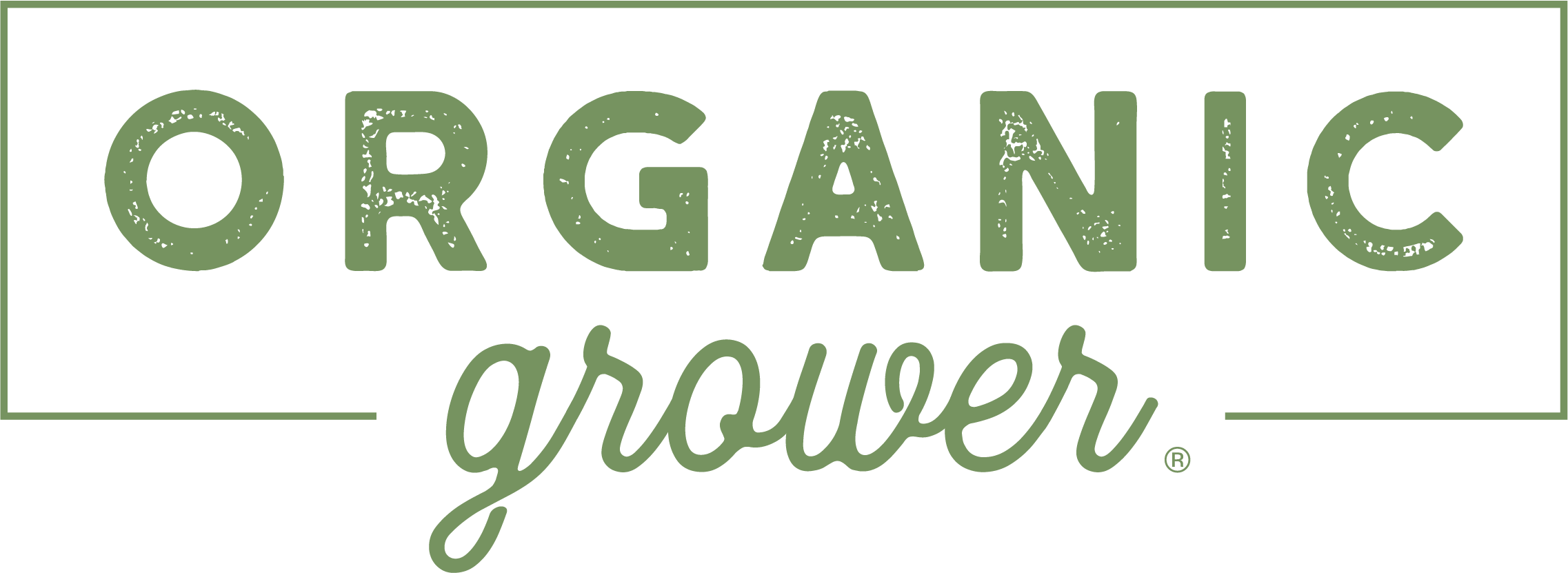Sep 9, 2015Balance of nutrients crucial to orchard fertility
When it comes to soil and foliar nutrition, Honeycrisp is a “different beast.” It needs more “tender loving care” than other apple varieties, but its profitability makes it worth the effort, said Greg Patterson, president of A&L Canada Laboratories, a London, Ontario-based company that tests soil, plant tissue, fertilizer and water.
Patterson discussed soil and foliar nutrition for Honeycrisp – and apples in general – during RidgeFest, an orchard tour held this summer near Grand Rapids, Michigan. He said it’s essential to get Honeycrisp off to a good start. The first thing you should do before planting is a soil audit. Make sure to take samples from every part of your orchard (soil variability within each orchard can be “unbelievable”). Also make sure the soil pH is at the proper level, because the time to apply lime is before planting.
When they talk about orchard fertility, most growers think “nitrogen,” but Patterson said they should consider a wider array of nutrients including phosphorus, potassium, zinc, boron, calcium and magnesium. All such nutrients and the “synergies” between them are what lead to healthy soil and plants.
“It’s a balancing act,” he said. “We feed the soil, the soil in turn feeds the wood and the wood in turn feeds the fruit the next year.”
It can take about three years for an orchard to visibly respond to well-balanced nutrient applications, he said.
“The responses are fairly subtle,” Patterson said. “It’s hard to appreciate.”
Nitrogen can be an orchard’s “worst enemy” if not managed properly, Patterson said. Because nitrogen applications can be excessive and are gobbled up by trees, he recommends a “spoonfeeding” approach: small doses throughout the season – and make sure you balance them with potassium. For every pound of nitrogen applied to a tree, it needs a pound of potassium, too.
Phil Schwallier, a Michigan State University (MSU) Extension educator, said the only time it’s appropriate to push Honeycrisp with nitrogen is in a tree’s first four years.
“You have to push hard when they’re young, then get the nitrogen lower.”
Schwallier said MSU’s standard recommendation used to be 2 ounces of nitrogen per year of age per tree; which means applying 4 ounces in the tree’s second year, 6 ounces in the third, etc. But recommendations have switched to a per-acre basis. Schwallier now recommends 30 pounds of nitrogen per acre in the first year, 50 to 75 pounds in the second year, 100 pounds in the third year and 150 pounds in the fourth year. After that, it’s time to back off on nitrogen applications.
Patterson stressed the importance of phosphate applications. Decades ago, phosphate was considered unnecessary, because older rootstocks could forage for their own phosphorus in the soil. Trees today don’t have the same type of root system, however, and since phosphate can play a major role in apple traits like color, flavor, storage quality and internal integrity – and in the overall health and energy of a tree – phosphate applications are more important than ever.
Patterson said that if you bring a tree’s nutrient levels up and manage nitrogen properly, you can get higher yields of high-quality red fruit – and higher profits. What he called the “lean and mean” approach to tree fertility – deliberately keeping fertility on the low side – can lead to faster ripening and more even maturity, but there are risks involved.
“A lot of fruit growers starve the plant back to control overall quality and evenness of growth,” Patterson said.
But that approach can make a tree or vine more vulnerable to disease and shorten its lifespan. He said the resulting loss of yield and quality can leave a “lot of money on the table.”
















